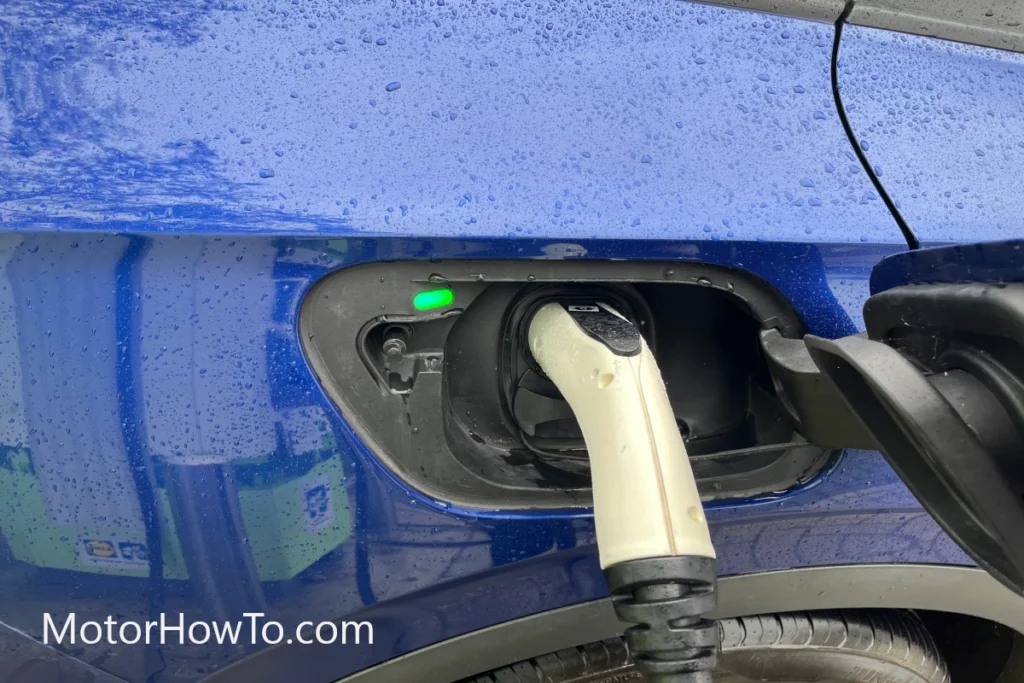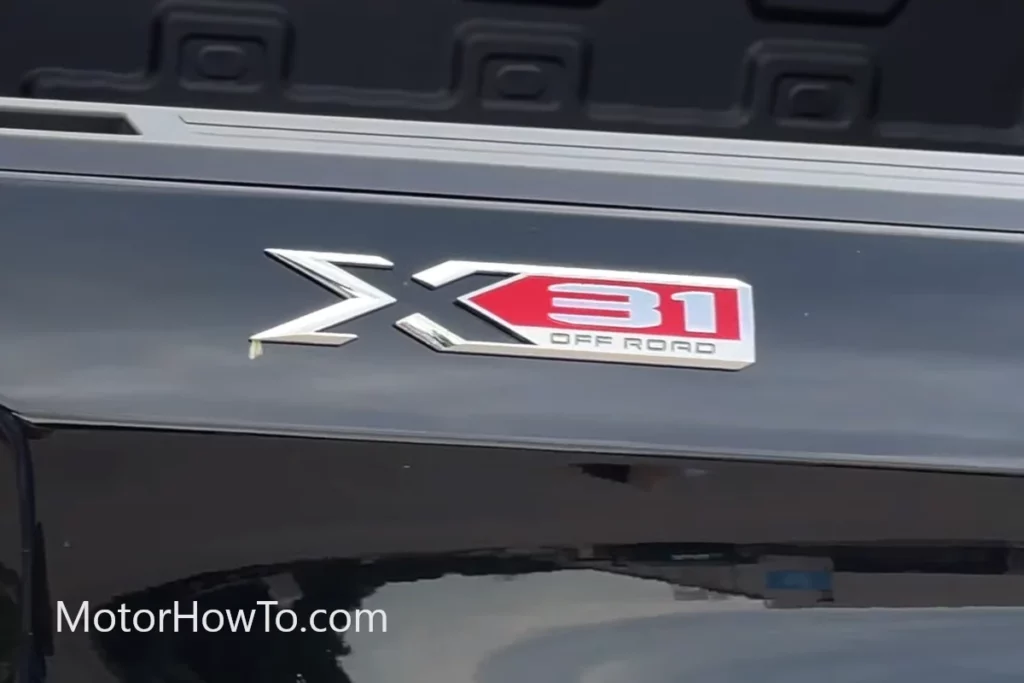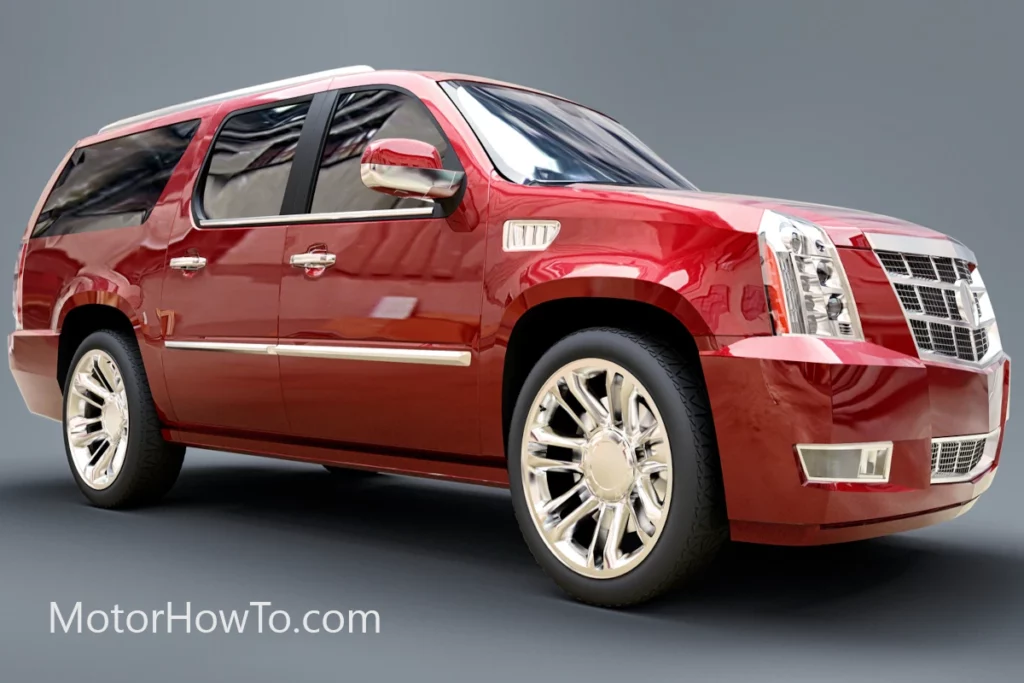The car amplifier speaker outputs can be connected to a car subwoofer’s speaker-level input, and then the car subwoofer’s speaker-level output can be connected to your main car speakers if the car subwoofer is equipped with speaker-level inputs and outputs.
Line-level car subwoofer outputs are usually available on your car amplifier, if not you can use a line output converter.
Connect the car amp output to the subwoofer with car speaker cables or subwoofer cables. Ensure that your main L/R speakers are connected to the car subwoofer level-outs via another pair of speaker cables.
How To Connect A Car Subwoofer To Speaker Level / High-Level Outputs?
A line output converter works best for connecting a car subwoofer to speaker-level outputs. Converting speaker-level outputs to line-level outputs can be accomplished with a line output converter. Due to speaker level outputs on car amplifiers, while line level inputs are available on subwoofers, this becomes necessary.
- How To Connect A Car Subwoofer To Speaker Level / High-Level Outputs?
- Can You Connect Your Speaker To Speaker-level Output?
- How Do You Control The Bass Volume For A Car Subwoofer Connected To Speaker Level / High-Level Output?
- What Types Of Car Subwoofers Work With Speaker Level / High-Level Output?
- Different Ways To Connect Car Subwoofer To Head Unit?
- Is The Bass Depth The Same For All Types Of Car Subwoofer Connections?
- Final Thoughts
- Sources
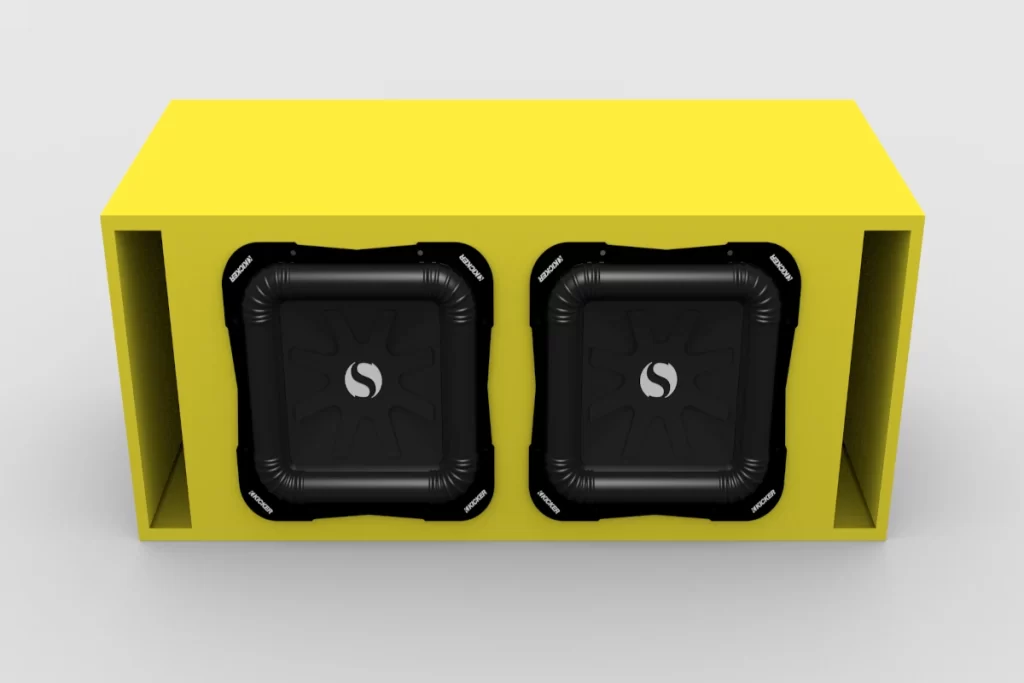
Connect the subwoofer’s speaker wire to the converter’s input to use a line output converter. Subwoofers can be connected via the converter’s output.
Once the subwoofer cable is plugged into the amplifier’s speaker wire inputs, turn on the amplifier and press play. On the back of the speakers are speaker inputs, where you can plug the speaker wire from the amplifier.
Related:
- How Can I Just Add A Subwoofer To My Car? (Explained)
- Does Head Unit Matter With Amplifier and Subwoofer? (Explained)
- Does A Car Subwoofer Really Need A Box Enclosure? (Explained)
Can You Connect Your Speaker To Speaker-level Output?
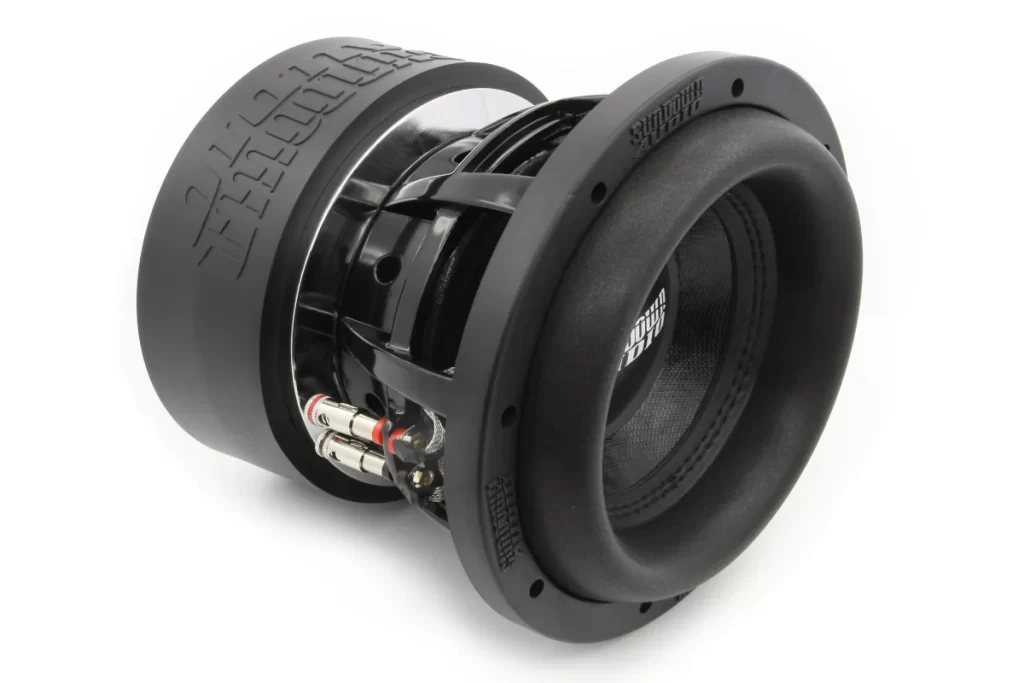
Your system will benefit from a subwoofer if this is the case. Subwoofers can be connected to speaker-level outputs immediately. A stereo RCA cable is all you need.
Subwoofers need stereo RCA cables to be connected to speaker outputs.
On each end of the cable, there will be a male end. A subwoofer plug will be connected to one end of the cable, and a speaker plug will be connected to the other end. Plugging the RCA cable into an amplifier is not recommended.
How Do You Control The Bass Volume For A Car Subwoofer Connected To Speaker Level / High-Level Output?
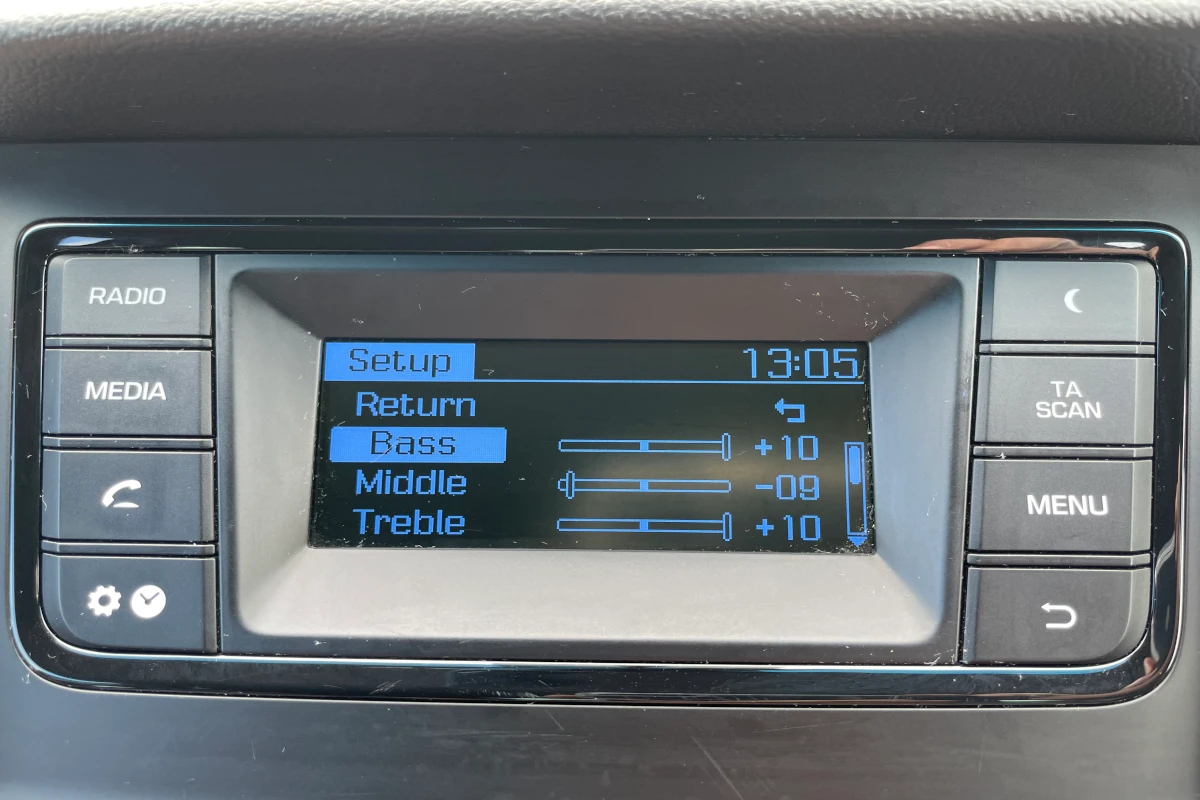
Set the volume of the amplifier to its highest, distortion-free setting. Once you have reached a level where the bass sounds balanced with the rest of the music, slowly turn up the subwoofer volume.
You can find out what it does by adjusting your remote’s bass boost or level control.
Subwoofers can sometimes have problems combining their sound constructively with the rest of a system’s sound waves because of the size of a car’s acoustic space.
It is sometimes possible to improve your bass’ punch if it is loud but lacks punch by reversing your subwoofer’s speaker leads.
Subwoofer cones are reversed in this way because they move backward and forward, so the sound waves are reassembled better than they would otherwise. You should go in whatever direction sounds best.
What Types Of Car Subwoofers Work With Speaker Level / High-Level Output?
The speaker level outputs of older amplifier models can be used, for example, to connect any subwoofer when there is no subwoofer output connection available. The technique can also be used intentionally when listening to music in order to achieve a more accurate, natural bass sound.
Subwoofers can still be connected even if your amplifier does not have an output connection for them. Sub-audio is never necessary, and ditching it would result in poor audio quality.
On your amplifier, you can find high-level outputs.
There is an interesting difference between the line-level input and the low-level connection that would normally connect the subwoofer. Low-frequency effects are most commonly achieved through the LFE connection of the subwoofer.
Using speaker-level outputs, however, can be an excellent option for incorporating more accurately-timed bass emission along with the speaker and sub.
The use of speaker-level outputs with a subwoofer is still very viable for listening to music.
Different Ways To Connect Car Subwoofer To Head Unit?
Option 1:
Connect a battery to the power source. Batteries are better than fuse boxes for supplying power. Speakers can amplify engine noise, causing the engine noise to be amplified. You can blow a fuse in a fuse box as well. The wire near the battery needs to be removed from its insulation first.
If the wire is not part of the fuse, connect it to that end. As close as possible should be made between the battery and the fuse. Don’t tap the wired place. Run the wire through the wire channel or under the carpet of your car so that you don’t get a short.
Make sure that the wire is in the trunk of the car.
Leave enough slack on both ends of your RCA cables coming from the trunk so that you can run the 16.0 to 18.0 wire to your stereo unit as close as possible.
At this point, you should remove the stereo head unit. The way in which this is handled varies between car manufacturers. A tool can be used to remove the stereo from its special clips if you want to remove the front of your central console.
Observe the stereo’s back once it has been removed. RCA connections are located on both sides. You will need to connect those RCA cables to two connections on the back of your stereo via the back of your central console.
The wires in the rear speakers should be spliced together on stereos that lack these connections.
Option 2:
Remove the factory head unit from your center console by disassembling it. There are various types of head units, center consoles, and removal processes for different makes and models of vehicles.
Refer to the instructions in your car’s owner’s manual for directions on how to take apart your dashboard to reach your factory head unit.
The covers on your center console can usually be removed with prying tools after you have unscrewed the screws and hardware. You need to slide or unscrew your factory head unit before you can pop off its wiring using the release clip.
On the new head unit, notice the colors of each wire. A new head unit can be connected to your pre-existing wiring, or a new wire harness will be attached to your pre-existing wire harness, depending on your audio system.
Using wire strippers, peel back each pair of wires and twist the exposed part to tighten it, or slide your new head unit directly into the harness while matching the corresponding colors. The exposed wires should be inserted butt connectors and crimped with a special crimping tool.
Is The Bass Depth The Same For All Types Of Car Subwoofer Connections?
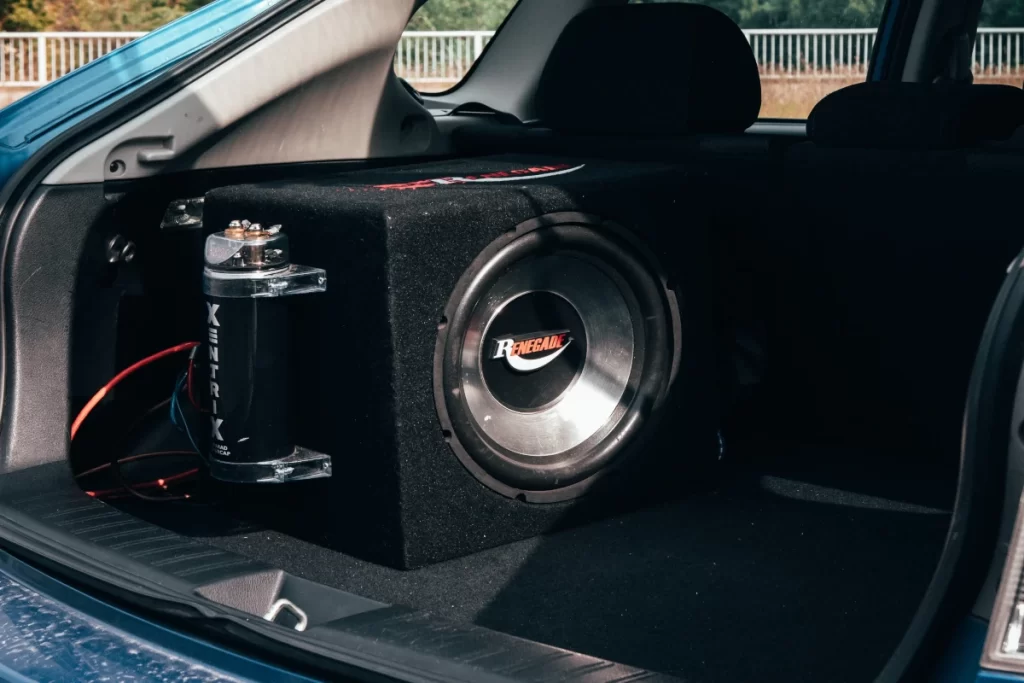
Each type of subwoofer connection has a different bass depth. A subwoofer’s size really determines its bass depth.
The 8-inch subwoofer has the greatest bottomless bass capability but is too small for most vehicles and systems.
The speaker cone of an 8-inch subwoofer is large, so they cannot move very much air because they are so deep. In addition to being called single-voice subwoofers, they are also called stacked cone subwoofers, as they consist of many smaller cones stacked together.
There is no substitute for 10-inch subwoofers. Deep bass can be delivered by these speakers, but they are often too large to fit into smaller rooms. Despite the fact that these speakers can deliver deep bass, they can’t be used in smaller rooms due to their size.
The speaker cone of 10-inch subwoofers is generally supported by four tiny legs, which allow the speaker to work well with 10inch/75mm drivers.
In addition to moving more air, a larger driver can produce deeper bass. Even so, it occupies more space, which means that many smaller enclosures cannot accommodate the subwoofer.
With their huge bass capabilities, while being compact, 12-inch subwoofers can be used almost anywhere. There are 12-inch subwoofers built with 12-inch/300mm drivers, which allow for greater air movement and deeper bass.
There is no subwoofer that can push down deep enough to shake your wall plaster and drywall except for 15-inch subwoofers.
Giant 15-inch subwoofers have a cone diameter of 10 inches and a woofer diameter of 250mm. In most remote locations, these subwoofers aren’t appropriate due to their size.
Final Thoughts
If you choose to improve the sound of your car’s audio system and make the most of your subwoofer, you can connect it to the speaker-level outputs.
There are different ways to connect your subwoofer to your audio unit, so consider your options and choose the one you think will give you the best sound.
Sources
How To Connect A Subwoofer To Speaker Level Outputs

